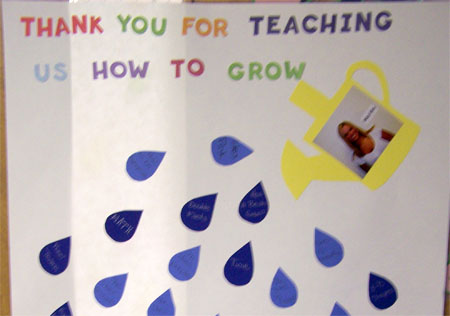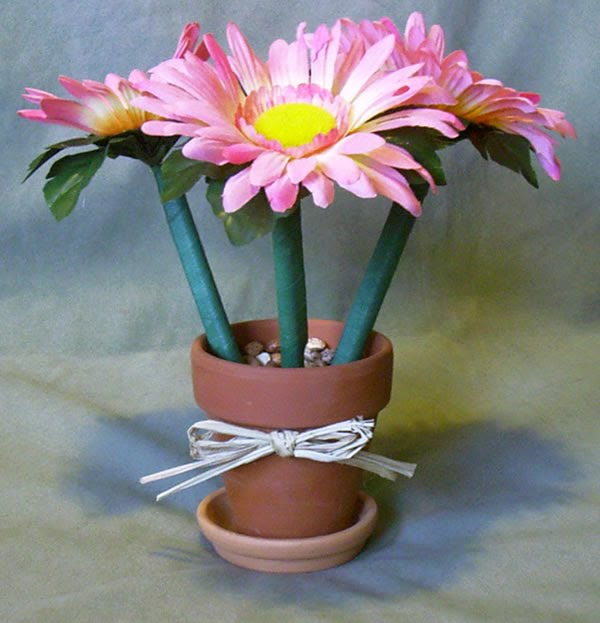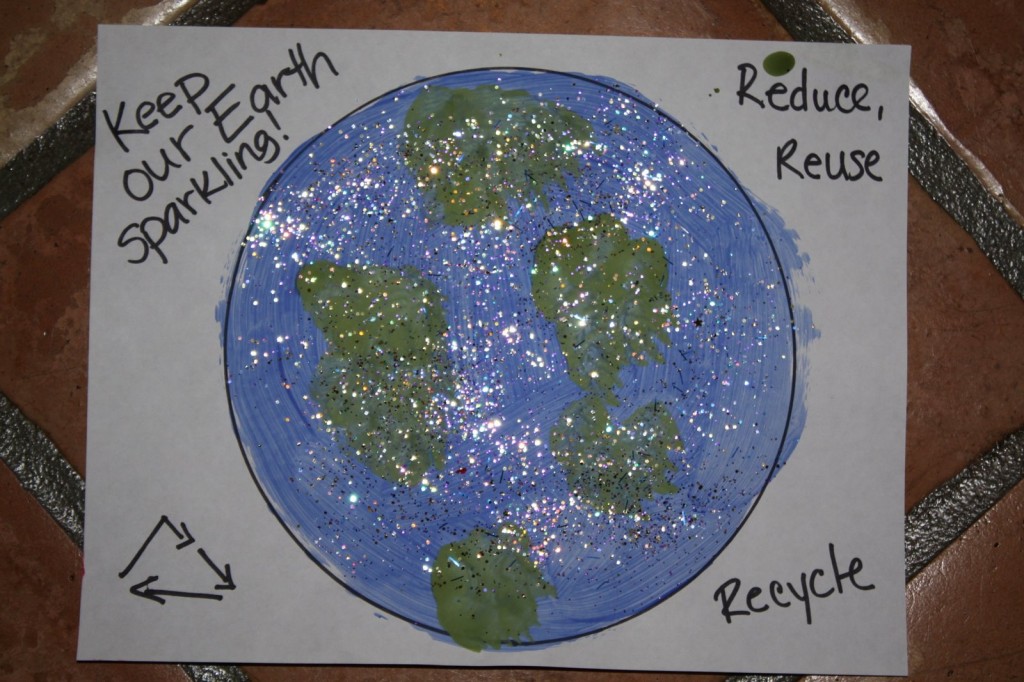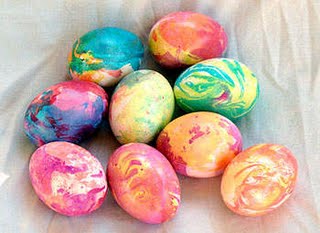The perfect sandbox is one that draws a crowd of kids all summer and that calls to mind the greatest of all play sites: the beach. What makes the difference between a good sandbox and a bad one? Be sure the site is right. Build it big. Add wide seating. Hide the toys. Cover it well. The 7- x 10-foot model we built isn’t cheap—about $300 plus sand—but is irresistible to kids and built to last. (Note: Lumber prices can vary depending on location and season, so please call your local supplier before purchasing materials.) It features comfy seats, sturdy lids, a toy box and ample elbowroom. Even parents will enjoy, sitting out there, feet propped up as the kids play. You can easily spend less money on our design with a few modifications (see Money-Saving Ideas in the Preliminary Planning section.)
Tools:
Spade, circular saw, carpenter’s level, carpenter’s square, drill with square screw attachment, rubber mallet, tape measure, dust mask, goggles, chisel, paintbrush (optional)
Materials
1 lb. of 1 1/2″ square-head screws: $5
1 lb. of 3″ square-head screws: $7
3 heavy-duty 8″ strap hinges: $12
1 6′ x 8′ plastic tarp (to line bottom of sandbox): $5
5 2″ x 12″ x 10′ PT boards: $90
3 2″ x 12″ x 8′ PT boards: $42
1 2″ x 4″ x 8′ PT board: $4
3 5/4″ x 6″ x 14′ cedar boards: $45
2 5/4″ x 6″ x 10′ cedar boards: $20
Lid:
5 5/4″ x 6″ x 16′ cedar boards: $75
1 5/4″ x 6″ x 8′ cedar board: $5
1 lb. of 1″ square-head screws: $5
Subtotal: $85
Before you start to build, be sure to consider the following issues.
CHOOSING A SITE
When making this decision, consider putting your sandbox near the house so it feels like a cozy part of the “side yard-kiddie pool-garden-swing complex.” Close by, the box will get used by everyone, even adults looking for a place to enjoy a cup of coffee. Don’t build it where kids will want to play Red Rover later on. Put the box far enough from any permanent objects that you can fit the mower around it. Avoid electrical wires, drainpipes or shallow sewer systems.
We built our box under a giant silver maple (which meant extra time cutting roots). There, the morning sun dries out wet sand and by afternoon, the box is shaded enough that the kids don’t need sunblock. Bird and tree droppings aside, it’s just right. And finally, consider the future. We plan to use this box as a raised flower bed someday, so we put it in enough morning sun for flowers to grow.
SELECTING YOUR LUMBER
We used pressure-treated wood because we wanted our box to last, and it’s guaranteed not to rot for years. It’s the stuff commonly used in decks and landscaping. The kind we used is treated with the pesticide arsenic, a carcinogen. Since the surface residue of arsenic is most dangerous when it goes in the mouth, let the wood weather for a few weeks before building. The combination of rain, dust, dirt and sun that builds up over time will act as a natural sealant. You should cover any surfaces that would be touched by kids with a commercial sealant like spar urethane (about $12.50 per quart) or paint. You can use framing lumber, which is cheaper, but it will rot sooner. In any case, don’t use wood that has been treated with the more dangerous creosote or pentachlorophenol. Also, when selecting your lumber, look for pieces with no splits on the ends, since you’ll need the entire lengths of most of your boards for this design.
LID OR TARP?
You can cover your box with panels, as we did, or use a tarp. Even though the panels are expensive and fairly heavy, we love them. They work as a stage when closed or as ramps on the open sandbox. Plus they look great, keep cats out and let in just enough rain to make good building sand. When not in use, they store out of sight in the lid storage end.
To make the wooden panels, first look over the lumber you’ll need (see Cutting the Lumber). The four panels are built in board-and-batten style. Note that one of the panels is wider than the other three. For each of the narrower panels, use three of the lid boards battened by three of the short lid battens. For the fourth panel, use three lid boards, plus the extra 4-inch-wide lid board and the three long lid battens. Space the battens evenly and about 1/4 inch from the sides of the panels and 2 inches in from the ends. Screw in place with 1 1/2-inch screws.
To make the tarp cover, you’ll need four eyebolts ($2), four small clips ($4), and an 8- x 10-foot tarp ($6). Attach an eyebolt at each corner of the box, put a tall bucket in the sandbox (to keep water from collecting), and lay the tarp over it. Use a clip to attach each eyebolt to the corner grommets of the tarp. Total cost: about $12. Store the tarp in the lid storage end.
THE SCOOP ON SAND
The top-of-the-line (and priciest) stuff you can find is washed play-sand, which is clean, weed-free and a nice grade with which to build castles. In our garden center, it costs about $5 per 50-pound bag. You’ll need about 30 bags for this box. If you can find a good source—ask your friends for recommendations or try a local sand and gravel dealer you trust—you can do a lot better in price. Make sure the sand you buy is clean and safe, with no chemicals or salt in it. Some dealers will deliver a truckload for about $100 or, for much less, you can arrange to pick it up yourself.
MONEY-SAVING IDEAS
If you like this sandbox design but not the price, here are some options for lowering the bottom line:
• Cover the box with the tarp rather than the lid ($12 vs. $85).
• Use untreated framing lumber for everything, rather than the pressure-treated wood and cedar we used. Your box won’t last as long, but your total lumber cost will be about $50 less.
• If you’re handy with carpentry—or you have a friend who is—you can easily modify this design by not making the toy box or the lid storage area. Your box will essentially have the two long seats and a simple end-piece (like the toy box end-piece) at each end. This will save you about $80 in lumber and hinges.
Before you begin building, you’ll need to purchase materials and then cut the lumber to size. We then suggest viewing the diagram of the sandbox to give you your bearings before launching into the project. As you’ll see, the box has two long sides (or seats), a toy box in one end and an opening for storing your lid or tarp in the other.
Â
Building:
1. Mark off a rectangle (7 feet by 9 feet, 10 inches), then use the shovel to remove the grass and 1 inch of the topsoil. The sandbox, which has final outside dimensions of 6 feet, 8 inches by 9 feet, 6 1/2 inches, will be held in place by Mother Earth. If you need drainage, dig down 2 more inches and put down some gravel. Make sure the ground is level by laying down a board and checking it with a carpenter’s level.
2. Set the two external frame boards into the dirt with the notch cuts at one end (this will be the lid storage end). Set the toy box end-piece in place at the other end. (The end-piece needs to be 1/2 inch lower than the internal and external frame boards. Don’t cut it to make it lower; just dig it 1/2 inch deeper in the ground.) Square the frame using the carpenter’s square and check that it’s level. Screw the toy box end of the frame together using 3-inch screws. Set the internal frame boards in place, leaving 8 inches in between each one and the external frame boards. Square them, then screw to the end-piece with 3-inch screws.
3. Using a rubber mallet or hammer, tap the two internal frame ends in place—one at the toy box end, 19 inches in from the toy box end-piece, and one at the lid storage end, flush with the L-shaped cut in the internal frame board. Lower these boards by digging them into the dirt an extra 1/2 inch. Screw in place with 3-inch screws.
4. Place the lid storage end-piece into the open end of the sandbox and fasten with the 3-inch screws. Tap the two blocks into place at the lid storage end to keep raccoons and kids from crawling underneath. These boards sit 1 inch in from the L-shaped cut in the internal frame boards and are set into the dirt 1/2 inch lower. Screw in with 3-inch screws. Double check the levels and squareness of the box. Measure across the two diagonals between the far corners. If your box is square, the diagonals should be equal. Tap the frame with the mallet to make changes. To level the box, pry up the boards, push a few handfuls of dirt underneath and tamp the boards down.
5. Place the two seats down and screw in place with 3-inch screws.
6. Assemble the toy box cover in what’s called board-and-batten style. Line up the four toy box cover boards and lay three toy box battens across them. Place a batten 2 inches from each end of the boards and one in the center. Screw the battens on with 1 1/2-inch screws, holding the boards together as you go. Screw the strap hinges onto the battens of the toy box cover. The hinge should open with the pin on the outside of the box. Chisel three 1/8-inch-deep by 3-inch-wide notches in the toy box end board to match the hinge spacing. Have two helpers hold the lid up, and screw the other half of the hinge on the box.
7. To build the seat for the lid storage end of the sandbox, again use board-and-batten style, with the four lid-end seat pieces as “boards” and the remaining four lid battens as “battens.” This time, screw the seat together so that two of the battens are on the very ends and the other two are spaced evenly. Screw the seat onto the frame with 1 1/2-inch screws.
8. If desired, apply urethane or paint to the exposed surfaces. Put the tarp in the bottom of the box and poke 50 drainage holes in it (this keeps the dirt and sand from mixing and lets water drain). Fill the box with sand and choose a lid design.











